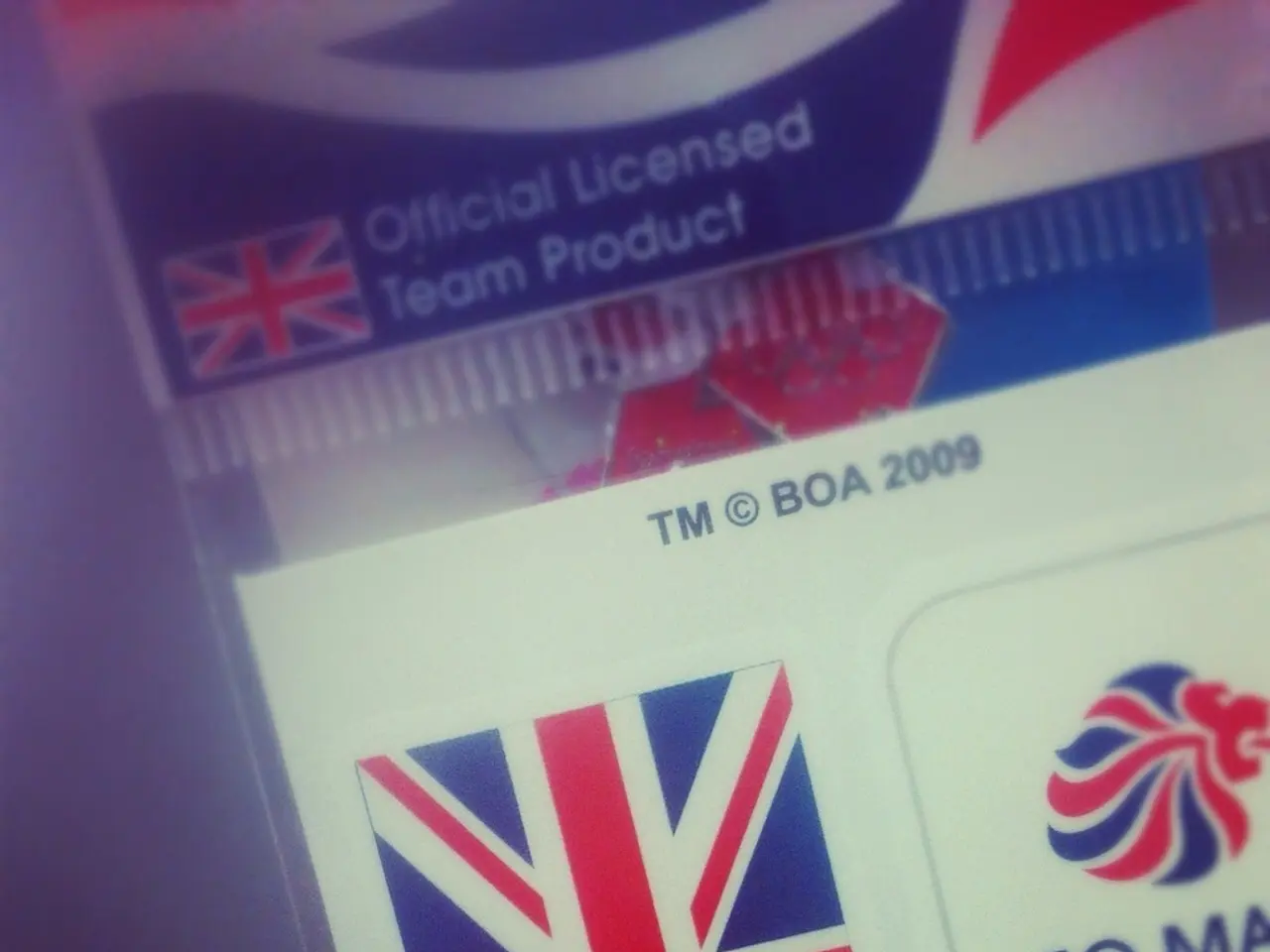Mastercard intends to eliminate card numbers from your physical wallet.
**MasterCard Embraces a Password-Free, Cardless Future**
MasterCard is spearheading a transformation in the payments industry, aiming to create a secure, convenient, and cardless payment ecosystem by 2030. This vision revolves around the adoption of tokenized payments and biometric authentication, reshaping consumer transactions while enhancing security and convenience.
At the heart of this transformation is **tokenized payments**. Mastercard replaces sensitive card details (Primary Account Numbers) with secure tokens that are unique, dynamic, and often transaction-specific. These tokens are valid only in particular merchant environments, preventing reuse if stolen. Network tokenization is key, as tokens are valid only within specific merchant environments, preventing reuse if stolen.
Biometrics, such as fingerprints, facial recognition, and voice, are set to replace traditional passwords and physical cards for user authentication. This strong, user-specific authentication ties payment authorization directly to the person, streamlining access and reducing reliance on traditional credentials.
Mastercard's innovative **Agent Pay** system allows autonomous AI assistants to make payments on behalf of users using unique, traceable digital tokens linked to their account. This paves the way for conversational AI-driven commerce without requiring user intervention at the point of sale.
Initial integrations include Microsoft Azure OpenAI and Copilot Studio, with plans for broader partnerships with IBM and others. The goal is to embed this seamless, tokenized, biometric approach into AI ecosystems.
By 2030, the implications of this shift are expected to be significant. Fraud prevention is set to improve dramatically, with tokenization limiting data exposure and reducing fraud risk. Real-time fraud detection, dynamic tokens, and biometric authentication add layers of protection, making unauthorized transactions exceedingly difficult.
Convenience is another key benefit, with the elimination of passwords and physical cards promising faster, frictionless checkout experiences. Biometrics enable quick authentication, while AI agents can transact autonomously, reducing manual inputs. Tokenization supports features like one-click checkout and automatic card updates to avoid interruptions.
Privacy considerations arise from storing and processing sensitive biometric data. Mastercard's approach focuses on secure, encrypted tokens rather than exposing personal data, and AI agents use unique tokens tied to accounts rather than sharing raw card or personal data—helping mitigate privacy risks.
However, balancing biometric data use with user consent and data protection laws remains critical. MasterCard's vision involves placing identity, face, and fingerprint at the center of every transaction, potentially raising concerns about privacy.
In the United States, MasterCard has partnered with biometric startups like PopID for face and fingerprint payments at fast food chains and university campuses. MasterCard is currently conducting trials in Australia, replacing static card numbers with facial authentication for transactions.
Online credit card fraud is seven times more likely to occur compared to in-store transactions. MasterCard's digital ID and tokenized payments are aimed at improving credit card security. By 2030, MasterCard aims to have nearly all its card-based payments secured by tokens rather than static numbers or outdated passwords.
In summary, MasterCard's roadmap leverages tokenization and biometrics to create a secure, convenient, and cardless payment ecosystem by 2030. This system promises significant fraud reduction, more fluid user experiences, and a privacy-conscious architecture that replaces vulnerable static credentials with dynamic digital tokens and biometric verification.
In the realm of MasterCard's transformation, tokenized payments are being heavily integrated, using secure and unique tokens instead of sensitive card details, thereby enhancing security and preventing reuse if stolen. Furthermore, biometric authentication, such as fingerprints, facial recognition, and voice, are becoming the norm, replacing traditional passwords and physical cards, thereby tying payment authorization directly to individuals and streamlining access.




